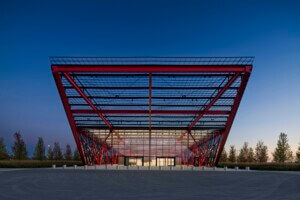HGA, a national interdisciplinary firm with deep roots in the Midwest, has announced that Forest Edge Elementary School in Fitchburg, a small suburban city just south of Madison, Wisconsin, has achieved net-zero energy status a full year after its completion.
The 126,580-square-foot facility, which is now officially the first public school in the Badger State to generate as much energy as it consumes, was engineered by HGA as part of a larger design and construction team that also included Bray Architects and Madison-headquartered project contractor Findorff. The highly sustainable two-story building, topped with a 646-kilowatt solar array, is the fourth elementary school in Dane County’s Oregon School District (OSD). Although the building has been operational for the past year, the first-of-its-kind $35.5 million school will make its formal public debut as a newly minted net-zero building later this month at a September 28 ribbon cutting and open house event.
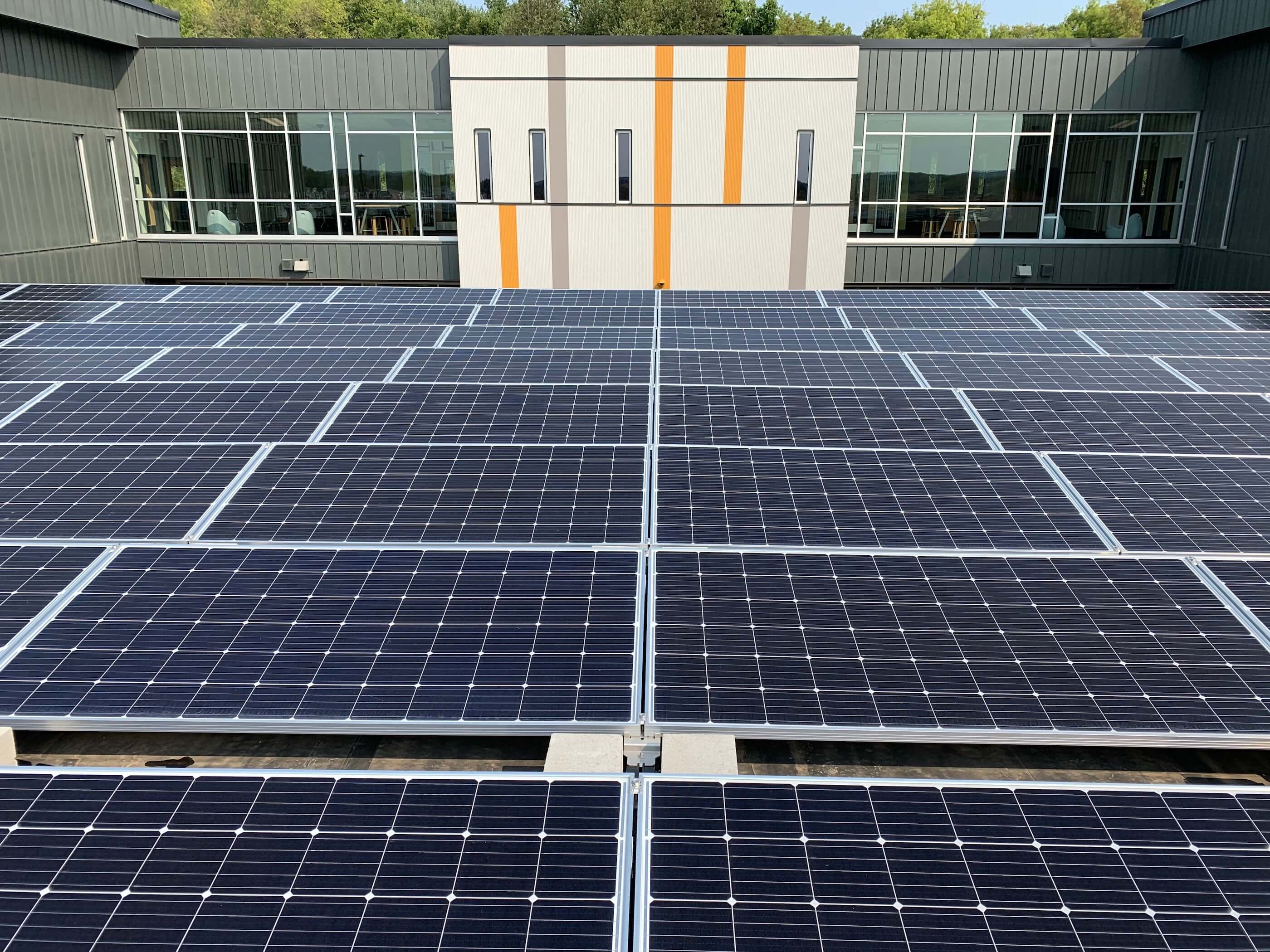

As its name relays, the new K-through-6 school is nestled alongside the fringes of a heavily wooded area. This proximity to nature, paired with programmed outdoor learning spaces, will enable students to become more intimate with the natural world surrounding them. Back inside the school building, however, via an array of educational tools, is where students can learn firsthand how sustainable, state-of-the-art technologies can be successfully deployed to mitigate our impact on the environment. As detailed in a press release from HGA, Forest Edge Elementary includes viewing areas of the 1,704-panel rooftop solar array and the building’s green roof, an easy-to-understand energy dashboard displayed via monitors that track the school’s real-time energy performance compared to the net-zero energy target, and educational environmental graphics that explain the various sustainable bells and whistles.
“Forest Edge Elementary was carefully designed, together with our teachers, to provide a safe, effective, and inspiring learning environment for children,” elaborated OSD Superintendent Dr. Leslie Bergstrom in an overview published on the Dane County website. “The building design incorporates features known to create relevant and empowering learning opportunities, including natural light, collaboration spaces, small group instruction areas, and outdoor classroom spaces.”
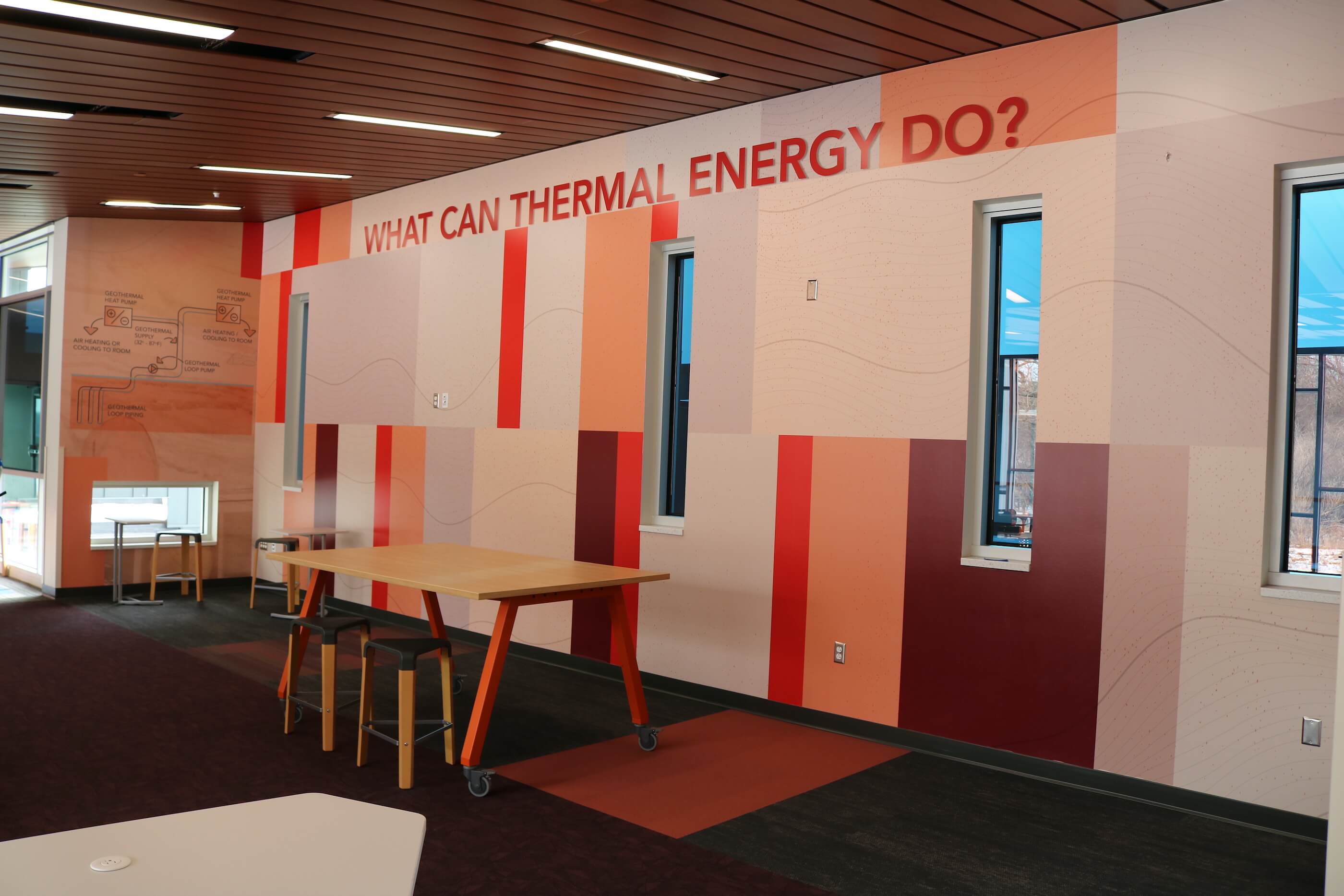
While some of the environmental impact-alleviating elements including the solar array, green roof, and exterior windows fitted with solar gain-managing electrochromic glass are easily viewable by students, other features, although less conspicuous are just as vital in the overall operation of the building, which is all-electric and not serviced by natural gas. They include 99 geothermal wells located on the school grounds that feed an electric water-source heat pump system that reduces the building’s heating, cooling, and electrical demands as well as a 125K-kilowatt battery system that stores excess energy produced by the solar array that can be strategically deployed back into the school to meet other energy demands or, alternately, fed back into the main utility grid.
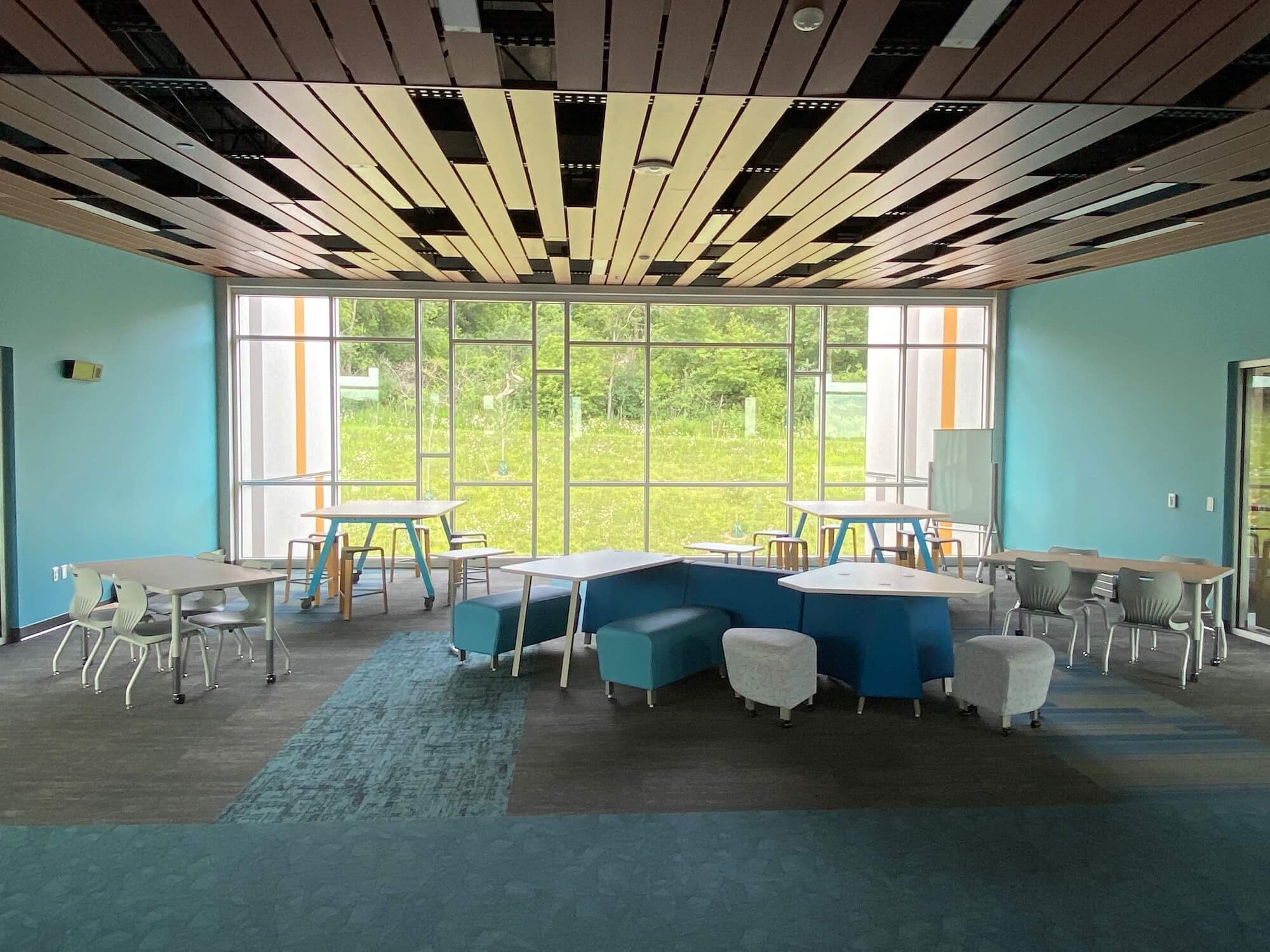
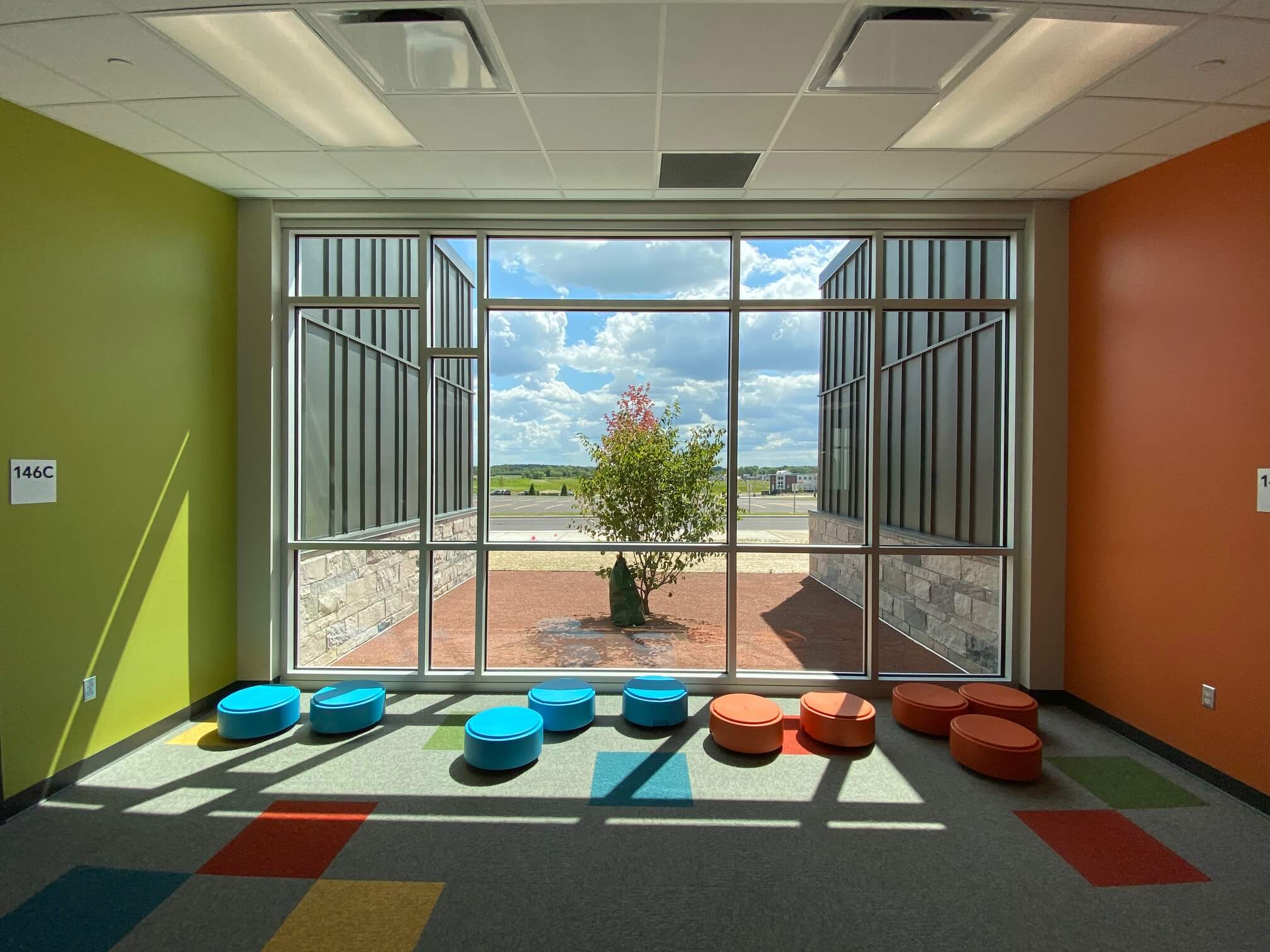
As Andy Weiland, business manager for the Oregon School District, noted in a statement, the various investments in energy efficiency and renewable energy in place at Forest Edge Elementary are set to save the district an estimated $60,000 annually. “It has been a privilege to lead a project that will offer great learning opportunities for students and have such a positive impact on the environment,” he said.
“This project is a testament of what’s possible with dedication and innovation,” added Michael Barrett, engineering project manager at HGA. “It’s proof that a net-zero-ready design is cost-comparable to a traditional school.”









